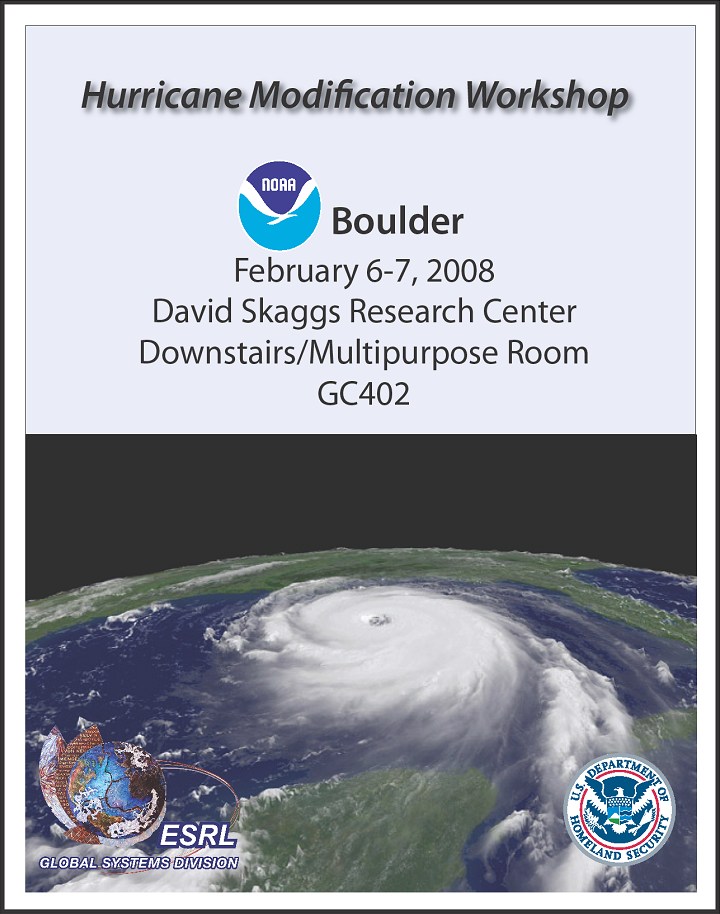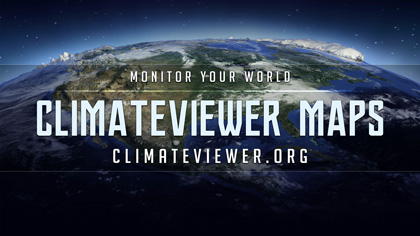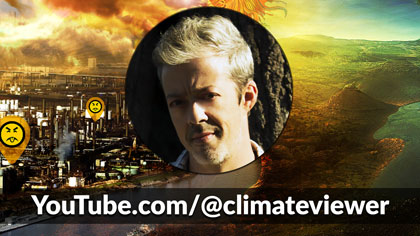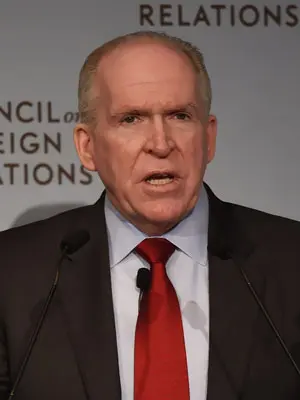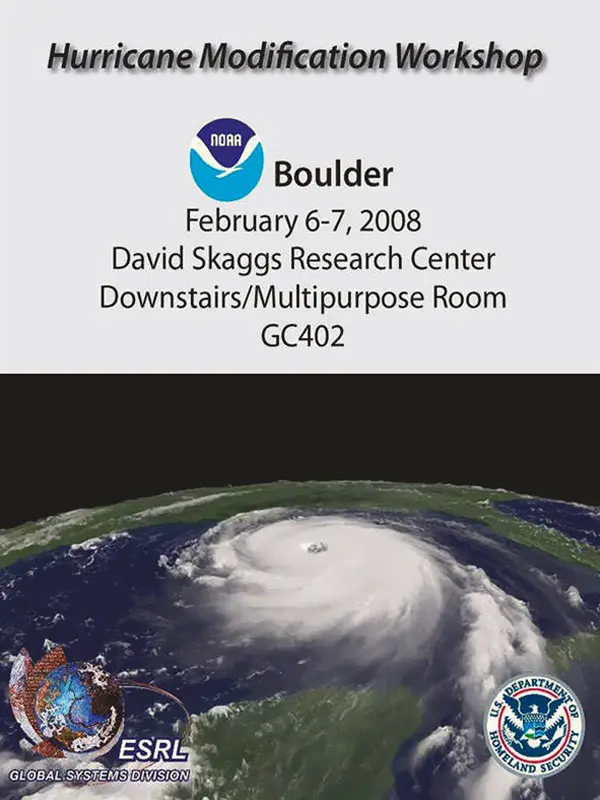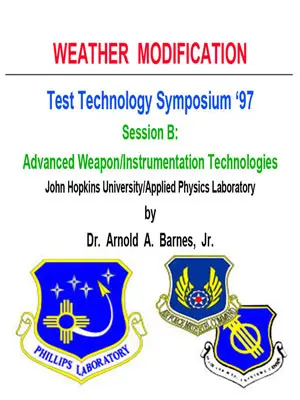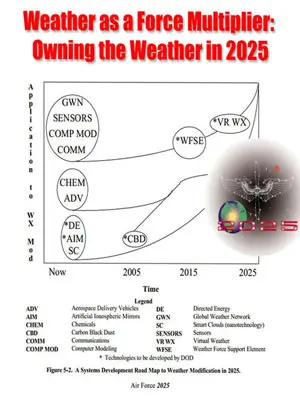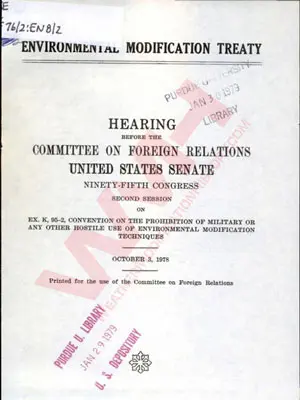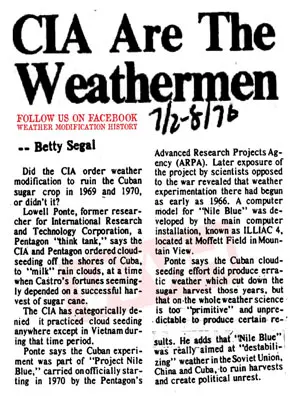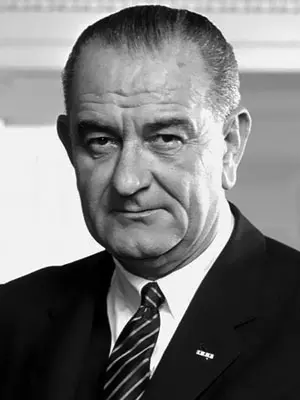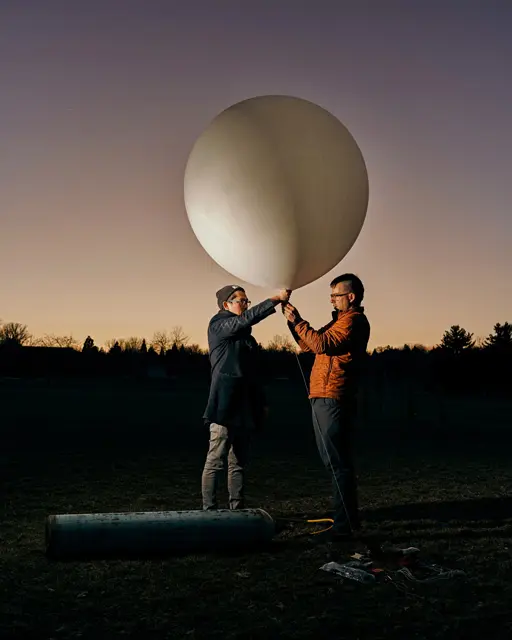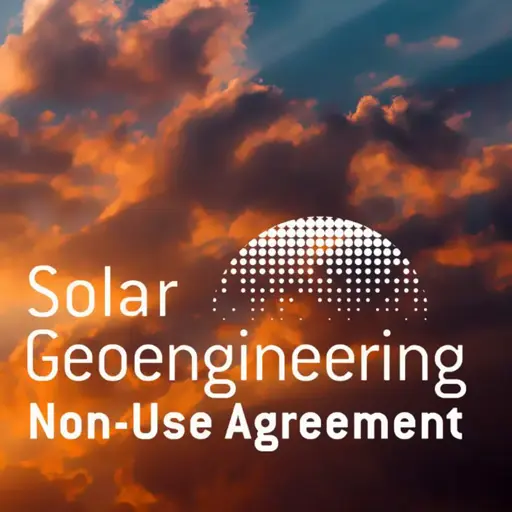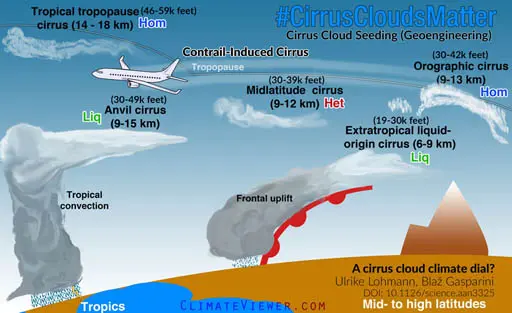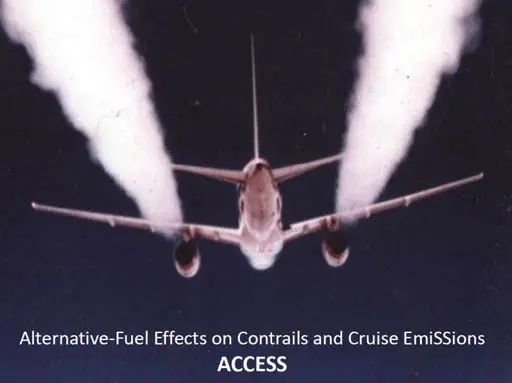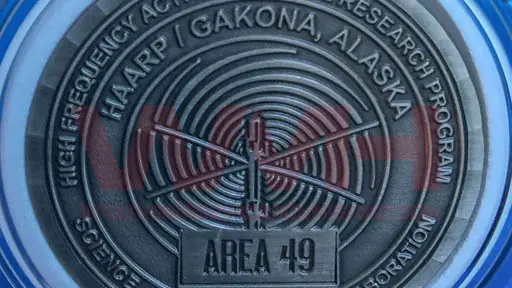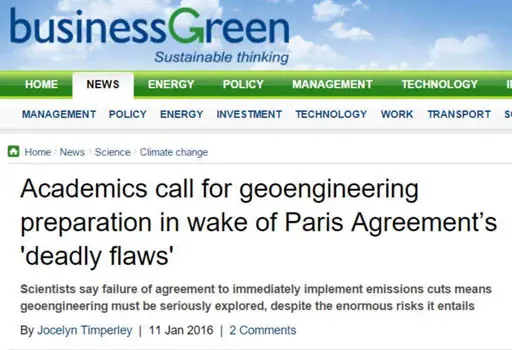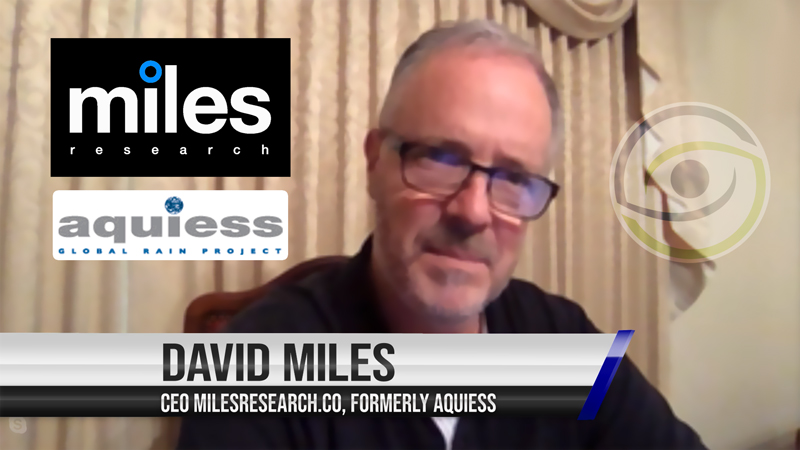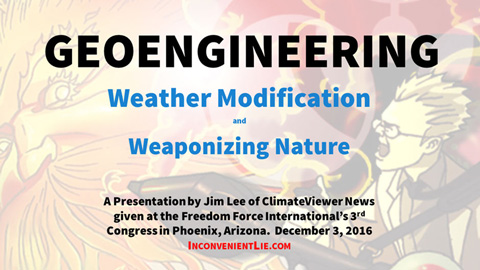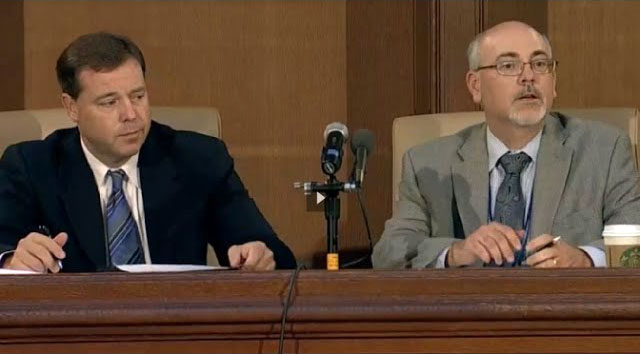
What is the Fund for Innovative Climate and Energy Research (FICER)?
Grants for (geoengineering) research are provided to the University of Calgary from gifts made by Mr. Bill Gates from his personal funds. The activities of the Fund for Innovative Climate and Energy Research fall outside the scope of activities of the Bill & Melinda Gates Foundation. FICER is not a Foundation project and has no relationship with it.
The fund has supported research in a wide range of areas. Some examples include:
- understanding carbon dioxide emissions associated with international trade in goods and services;
- developing technologies to capture carbon dioxide out of the air; and
- climate modeling to understand possible environmental consequences of solar radiation management
- Bill Gates: Geoengineering the Planet | TED Talk | Video Link
- Bill Gates, the Hurricane Tamer? | Link
- Scientists a step closer to steering hurricanes | Link
- The man who would stop hurricanes with car tyres | Link
- Geoengineering: Testing the Waters | Link
Bill Gates Hurricane Modification Patents
Did you know? The good ol’ boys at the DHS are working on steering hurricanes and some big names in the Geoengineering world are getting in on the mix. Check out the following timeline (research by Jim Lee) to see how it all went down, then read the DHS report on the hurricane hacking workshop.
Bill Gates backs climate scientists lobbying for large-scale geoengineering
Source: The Guardian
A small group of leading climate scientists, financially supported by billionaires including Bill Gates, are lobbying governments and international bodies to back experiments into manipulating the climate on a global scale to avoid catastrophic climate change.
The scientists, who advocate geoengineering methods such as spraying millions of tonnes of reflective particles of sulphur dioxide 30 miles above earth, argue that a “plan B” for climate change will be needed if the UN and politicians cannot agree to making the necessary cuts in greenhouse gases, and say the US government and others should pay for a major programme of international research.
Solar geoengineering techniques are highly controversial: while some climate scientists believe they may prove a quick and relatively cheap way to slow global warming, others fear that when conducted in the upper atmosphere, they could irrevocably alter rainfall patterns and interfere with the earth’s climate.
Geoengineering is opposed by many environmentalists, who say the technology could undermine efforts to reduce emissions, and by developing countries who fear it could be used as a weapon or by rich countries to their advantage. In 2010, the UN Convention on Biological Diversity declared a moratorium on experiments in the sea and space, except for small-scale scientific studies.
Concern is now growing that the small but influential group of scientists, and their backers, may have a disproportionate effect on major decisions about geoengineering research and policy.
“We will need to protect ourselves from vested interests [and] be sure that choices are not influenced by parties who might make significant amounts of money through a choice to modify climate, especially using proprietary intellectual property,” said Jane Long, director at large for the Lawrence Livermore National Laboratory in the US, in a paper delivered to a recent geoengineering conference on ethics.
“The stakes are very high and scientists are not the best people to deal with the social, ethical or political issues that geoengineering raises,” said Doug Parr, chief scientist at Greenpeace. “The idea that a self-selected group should have so much influence is bizarre.”
Pressure to find a quick technological fix to climate change is growing as politicians fail to reach an agreement to significantly reduce emissions. In 2009-2010, the US government received requests for over $2bn(£1.2bn) of grants for geoengineering research, but spent around $100m.
As well as Gates, other wealthy individuals including Sir Richard Branson, tar sands magnate Murray Edwards and the co-founder of Skype, Niklas Zennström, have funded a series of official reports into future use of the technology. Branson, who has frequently called for geoengineering to combat climate change, helped fund the Royal Society’s inquiry into solar radiation management last year through his Carbon War Room charity. It is not known how much he contributed.
Professors David Keith, of Harvard University, and Ken Caldeira of Stanford, [see footnote] are the world’s two leading advocates of major research into geoengineering the upper atmosphere to provide earth with a reflective shield. They have so far received over $4.6m from Gates to run the Fund for Innovative Climate and Energy Research (Ficer). Nearly half Ficer’s money, which comes directly from Gates’s personal funds, has so far been used for their own research, but the rest is disbursed by them to fund the work of other advocates of large-scale interventions.
According to statements of financial interests, Keith receives an undisclosed sum from Bill Gates each year, and is the president and majority owner of the geoengineering company Carbon Engineering, in which both Gates and Edwards have major stakes – believed to be together worth over $10m.
Another Edwards company, Canadian Natural Resources, has plans to spend $25bn to turn the bitumen-bearing sand found in northern Alberta into barrels of crude oil. Caldeira says he receives $375,000 a year from Gates, holds a carbon capture patent and works for Intellectual Ventures, a private geoegineering research company part-owned by Gates and run by Nathan Myhrvold, former head of technology at Microsoft.
According to the latest Ficer accounts, the two scientists have so far given $300,000 of Gates money to part-fund three prominent reviews and assessments of geoengineering – the UK Royal Society report on Solar Radiation Management, the US Taskforce on Geoengineering and a 2009 report by Novin a science thinktank based in Santa Barbara, California. Keith and Caldeira either sat on the panels that produced the reports or contributed evidence. All three reports strongly recommended more research into solar radiation management.
The fund also gave $600,000 to Phil Rasch, chief climate scientist for the Pacific Northwest national laboratory, one of 10 research institutions funded by the US energy department.
Rasch gave evidence at the first Royal Society report on geoengineering 2009 and was a panel member on the 2011 report. He has testified to the US Congress about the need for government funding of large-scale geoengineering. In addition, Caldeira and Keith gave a further $240,000 to geoengineering advocates to travel and attend workshops and meetings and $100,000 to Jay Apt, a prominent advocate of geoengineering as a last resort, and professor of engineering at Carnegie Mellon University. Apt worked with Keith and Aurora Flight Sciences, a US company that develops drone aircraft technology for the US military, to study the costs of sending 1m tonnes of sulphate particles into the upper atmosphere a year.
Analysis of the eight major national and international inquiries into geoengineering over the past three years shows that Keith and Caldeira, Rasch and Prof Granger Morgan the head of department of engineering and public policy at Carnegie Mellon University where Keith works, have sat on seven panels, including one set up by the UN. Three other strong advocates of solar radiation geoengineering, including Rasch, have sat on national inquiries part-funded by Ficer.
“There are clear conflicts of interest between many of the people involved in the debate,” said Diana Bronson, a researcher with Montreal-based geoengineering watchdog ETC.
“What is really worrying is that the same small group working on high-risk technologies that will geoengineer the planet is also trying to engineer the discussion around international rules and regulations. We cannot put the fox in charge of the chicken coop.”
“The eco-clique are lobbying for a huge injection of public funds into geoengineering research. They dominate virtually every inquiry into geoengineering. They are present in almost all of the expert deliberations. They have been the leading advisers to parliamentary and congressional inquiries and their views will, in all likelihood, dominate the deliberations of the UN’s Intergovernmental Panel on Climate Change (IPCC) as it grapples for the first time with the scientific and ethical tangle that is climate engineering,” said Clive Hamilton, professor of Public Ethics at the Australian National University, in a Guardian blog.
The scientists involved reject this notion. “Even the perception that [a small group of people has] illegitimate influence [is] very unhealthy for a technology which has extreme power over the world. The concerns that a small group [is] dominating the debate are legitimate, but things are not as they were,” said Keith. “It’s changing as countries like India and China become involved. The era when my voice or that of a few was dominant is over. We need a very broad debate.”
“Every scientist has some conflict of interest, because we would all like to see more resources going to study things that we find interesting,” said Caldeira. “Do I have too much influence? I feel like I have too little. I have been calling for making CO2 emissions illegal for many years, but no one is listening to me. People who disagree with me might feel I have too much influence. The best way to reduce my influence is to have more public research funds available, so that our funds are in the noise. If the federal government played the role it should in this area, there would be no need for money from Gates.
“Regarding my own patents, I have repeatedly stated that if any patent that I am on is ever used for the purposes of altering climate, then any proceeds that accrue to me for this use will be donated to nonprofit NGOs and charities. I have no expectation or interest in developing a personal revenue stream based upon the use of these patents for climate modification.”.
Rasch added: “I don’t feel there is any conflict of interest. I don’t lobby, work with patents or intellectual property, do classified research or work with for-profit companies. The research I do on geoengineering involves computer simulations and thinking about possible consequences. The Ficer foundation that has funded my research tries to be transparent in their activities, as do I.”
• This article was amended on 8 February 2012. The original stated that Phil Rasch worked for Intellectual Ventures. This has been corrected. This article was further amended on 13 February 2012. Prof Caldeira has asked us to make clear that the fact that he advocates research into geoengineering does not mean he advocates geoengineering.
FICER Funded Studies:
On Fri, Oct 4, 2013 at 11:28 PM, Ken Caldeira wrote:Alexander,
The following line is incorrect as written, but the situation is complex and not easily summarized:
- Continued support from Bill Gates for FICER at ~$1.5 million/year
First, current funding to FICER is ~$1.3 million / year.
Second, only some of these resources are going to “geoengineering” research. (A will put aside for the moment the fact that “geoengineering” research is here – and, for that matte, everywhere – left undefined.)
FICER stands for “Fund for Innovative Climate and Energy Research”. “Geoengineering research” (whatever that is) constitutes part of my group’s FICER funded work (and as noted below, we do no work that is funded exclusively by FICER). We spend a lot of time looking at how different types of radiative forcing affect the climate system. A lot of this is in a blurry boundary between “geoengineering research” and fundamental climate science. We also look at things related to energy systems, carbon embodied in trade, etc.
Third, FICER funds support salaries of some postdocs working with me and miscellaneous expenses, but my salary is fully supported by Carnegie Institution for Science; so every project in our group that is partially supported by FICER is also partially supported by Carnegie. So, insofar as you are including FICER supporting “geoengineering” research, you would need to estimate how much Carnegie support was also applied to this research.
Best,
Ken
PS. Here is a list of studies published in 2012 or 2013 that were funded in part by FICER and in part by Carnegie Institution for Science (and possibly other sources to authors from other institutions) [We had other publication to which FICER did not contribute.]. The ones where none of my post-docs are co-authors, the only FICER funds that were contributed through Carnegie were things like computer resources, travel expenses, etc.
K Caldeira and N P Myhrvold 2013 Projections of the pace of warming following an abrupt increase in atmospheric carbon dioxide concentration Environ. Res. Lett. 8 034039 doi:10.1088/1748-9326/8/3/034039
Title: Strategic incentives for climate geoengineering coalitions to exclude broad participation Author(s): Ricke, Katharine L.; Moreno-Cruz, Juan B.; Caldeira, Ken Source: ENVIRONMENTAL RESEARCH LETTERS Volume: 8 Issue: 1 Article Number: 014021 DOI: 10.1088/1748-9326/8/1/014021 Published: JAN-MAR 2013
Title: Climate model response from the Geoengineering Model Intercomparison Project (GeoMIP) Author(s): Kravitz, Ben; Caldeira, Ken; Boucher, Olivier; et al. Source: JOURNAL OF GEOPHYSICAL RESEARCH-ATMOSPHERES Volume: 118 Issue: 15 Pages: 8320-8332 DOI: 10.1002/jgrd.50646 Published: AUG 16 2013
Title: Management of trade-offs in geoengineering through optimal choice of non-uniform radiative forcing Author(s): MacMartin, Douglas G.; Keith, David W.; Kravitz, Ben; et al. Source: NATURE CLIMATE CHANGE Volume: 3 Issue: 4 Pages: 365-368 DOI: 10.1038/NCLIMATE1722 Published: APR 2013
Title: An estimate of equilibrium sensitivity of global terrestrial carbon cycle using NCAR CCSM4 Author(s): Bala, G.; Krishna, Sujith; Narayanappa, Devaraju; et al. Source: CLIMATE DYNAMICS Volume: 40 Issue: 7-8 Pages: 1671-1686 DOI: 10.1007/s00382-012-1495-9 Published: APR 2013
Title: Geophysical limits to global wind power Author(s): Marvel, Kate; Kravitz, Ben; Caldeira, Ken Source: NATURE CLIMATE CHANGE Volume: 3 Issue: 2 Pages: 118-121 DOI: 10.1038/NCLIMATE1683 Published: FEB 2013
Title: Climate response due to carbonaceous aerosols and aerosol-induced SST effects in NCAR community atmospheric model CAM3.5 Author(s): Hsieh, W. -C.; Collins, W. D.; Liu, Y.; et al. Source: ATMOSPHERIC CHEMISTRY AND PHYSICS Volume: 13 Issue: 15 Pages: 7489-7510 DOI: 10.5194/acp-13-7489-2013 Published: 2013
Title: The Science of Geoengineering Author(s): Caldeira, Ken; Bala, Govindasamy; Cao, Long Book Editor(s): Jeanloz, R Source: ANNUAL REVIEW OF EARTH AND PLANETARY SCIENCES, VOL 41 Book Series: Annual Review of Earth and Planetary Sciences Volume: 41 Pages: 231-256 DOI: 10.1146/annurev-earth-042711-105548 Published: 2013
Title: Strategic incentives for climate geoengineering coalitions to exclude broad participation Author(s): Ricke, Katharine L.; Moreno-Cruz, Juan B.; Caldeira, Ken Source: ENVIRONMENTAL RESEARCH LETTERS Volume: 8 Issue: 1 Article Number: 014021 DOI: 10.1088/1748-9326/8/1/014021 Published: JAN-MAR 2013
Title: Rethinking wedges Author(s): Davis, Steven J.; Cao, Long; Caldeira, Ken; et al. Source: ENVIRONMENTAL RESEARCH LETTERS Volume: 8 Issue: 1 Article Number: 011001 DOI: 10.1088/1748-9326/8/1/011001 Published: JAN-MAR 2013
Title: The Great Climate Experiment How far can we push the planet? Author(s): Caldeira, Ken Source: SCIENTIFIC AMERICAN Volume: 307 Issue: 3 Special Issue: SI Pages: 78-+ Published: SEP 2012
Title: Temperature change vs. cumulative radiative forcing as metrics for evaluating climate consequences of energy system choices Author(s): Caldeira, Ken; Myhrvold, Nathan P. Source: PROCEEDINGS OF THE NATIONAL ACADEMY OF SCIENCES OF THE UNITED STATES OF AMERICA Volume: 109 Issue: 27 Pages: E1813-E1813 DOI:10.1073/pnas.1206019109 Published: JUL 3 2012
Title: Climate response to changes in atmospheric carbon dioxide and solar irradiance on the time scale of days to weeks Author(s): Cao, Long; Bala, Govindasamy; Caldeira, Ken Source: ENVIRONMENTAL RESEARCH LETTERS Volume: 7 Issue: 3 Article Number: 034015 DOI: 10.1088/1748-9326/7/3/034015 Published: JUL-SEP 2012
Title: Attribution of atmospheric CO2 and temperature increases to regions: importance of preindustrial land use change Author(s): Pongratz, Julia; Caldeira, Ken Source: ENVIRONMENTAL RESEARCH LETTERS Volume: 7 Issue: 3 Article Number: 034001 DOI: 10.1088/1748-9326/7/3/034001 Published: JUL-SEP 2012
Title: Ecosystem Impacts of Geoengineering: A Review for Developing a Science Plan Author(s): Russell, Lynn M.; Rasch, Philip J.; Mace, Georgina M.; et al. Source: AMBIO Volume: 41 Issue: 4 Pages: 350-369 DOI: 10.1007/s13280-012-0258-5 Published: JUN 2012
Title: Geoengineering: Whiter skies? Author(s): Kravitz, Ben; MacMartin, Douglas G.; Caldeira, Ken Source: GEOPHYSICAL RESEARCH LETTERS Volume: 39 Article Number: L11801 DOI: 10.1029/2012GL051652 Published: JUN 1 2012
Title: Dependence of climate forcing and response on the altitude of black carbon aerosols Author(s): Ban-Weiss, George A.; Cao, Long; Bala, G.; et al. Source: CLIMATE DYNAMICS Volume: 38 Issue: 5-6 Pages: 897-911 DOI: 10.1007/s00382-011-1052-y Published: MAR 2012
Title: Crop yields in a geoengineered climate Author(s): Pongratz, J.; Lobell, D. B.; Cao, L.; et al. Source: NATURE CLIMATE CHANGE Volume: 2 Issue: 2 Pages: 101-105 DOI: 10.1038/NCLIMATE1373 Published: FEB 2012
Title: Greenhouse gases, climate change and the transition from coal to low-carbon electricity Author(s): Myhrvold, N. P.; Caldeira, K. Source: ENVIRONMENTAL RESEARCH LETTERS Volume: 7 Issue: 1 Article Number: 014019 DOI: 10.1088/1748-9326/7/1/014019 Published: JAN-MAR 2012


